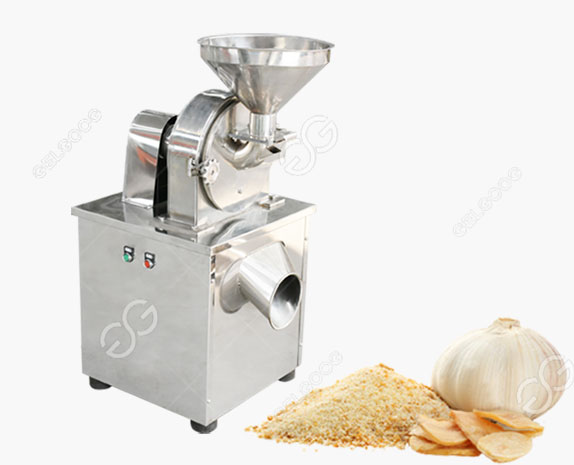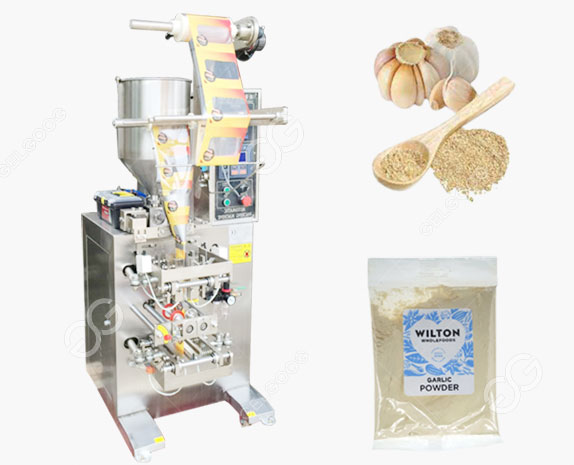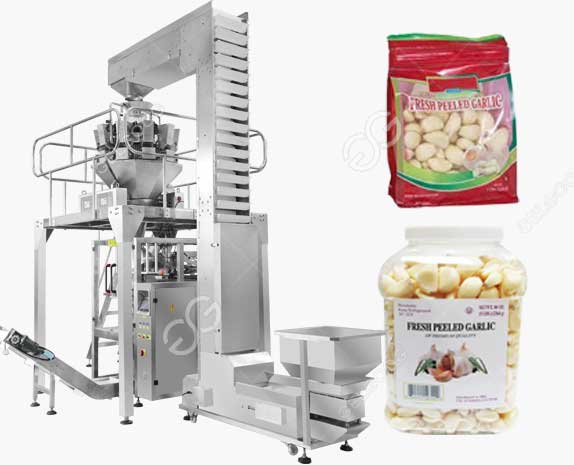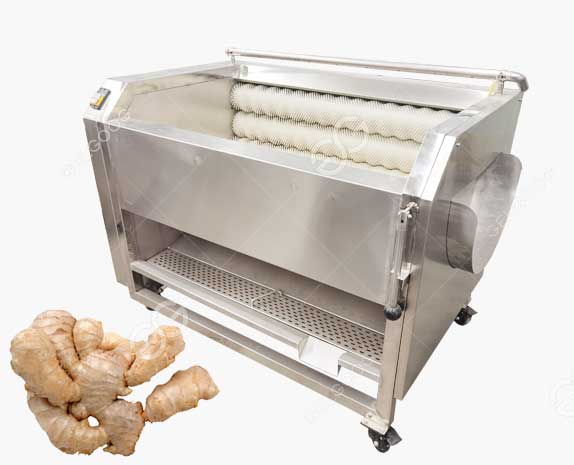In recent years, the health and wellness community has witnessed a surge in interest surrounding superfoods, and one such nutritional powerhouse gaining popularity is moringa. Moringa, also known as Moringa oleifera, is celebrated for its rich nutrient profile and various health benefits. One of the convenient forms in which moringa is consumed is as a powder. Ever wondered how this vibrant green powder is produced in factories? Let's dive into the fascinating world of moringa powder production.
Harvesting Moringa Leaves:
The journey of moringa powder begins with the careful cultivation and harvesting of moringa leaves. Moringa trees, native to parts of Africa and Asia, are hardy and resilient, making them suitable for various climates. The leaves, which are the primary source of the powder, are plucked by skilled workers, ensuring only mature and healthy leaves are selected for processing.
Cleaning and Sorting:
Once harvested, the moringa leaves undergo a meticulous cleaning process. This step involves removing any dirt, debris, or unwanted particles that may have accumulated during the harvesting process. The leaves are then sorted to eliminate any damaged or discolored ones, ensuring only high-quality leaves proceed to the next stage.
Drying:
Drying is a critical step in preserving the nutritional integrity of moringa leaves. There are various methods employed, including air drying and solar drying. Air drying involves laying out the leaves in a well-ventilated area, while solar drying utilizes the sun's energy to gently remove moisture. This process helps prevent the growth of mold and bacteria, extending the shelf life of the moringa leaves.
Grinding:
Once dried, the moringa leaves are ready for grinding. In the factory setting, specialized machinery is used to finely grind the leaves into a powder. This grinding process ensures a consistent and smooth texture, making it easier for consumers to incorporate moringa powder into their daily routines.
Quality Control:
Quality control is a crucial aspect of the moringa powder making process. Samples are regularly tested to ensure that the powder meets strict quality standards. This includes checks for purity, color, aroma, and, most importantly, nutrient content. Quality assurance measures help maintain the product's consistency and efficacy.
Packaging:
After passing the quality control checks, the moringa powder is ready for packaging. The packaging process is designed to protect the powder from environmental factors such as light, moisture, and air, which could compromise its quality over time. This final step ensures that consumers receive a product that retains its nutritional value and freshness.
Conclusion:
The journey from moringa tree to powder involves a series of carefully orchestrated steps, each playing a vital role in preserving the nutritional benefits of this superfood. As consumers increasingly seek convenient and nutrient-dense options, understanding the moringa powder making process sheds light on the dedication and precision that goes into bringing this green elixir from the fields to our tables. So, the next time you scoop a bit of moringa powder into your smoothie or sprinkle it over your salad, remember the fascinating journey it undertook in the factory to become a health-enhancing culinary companion.、




